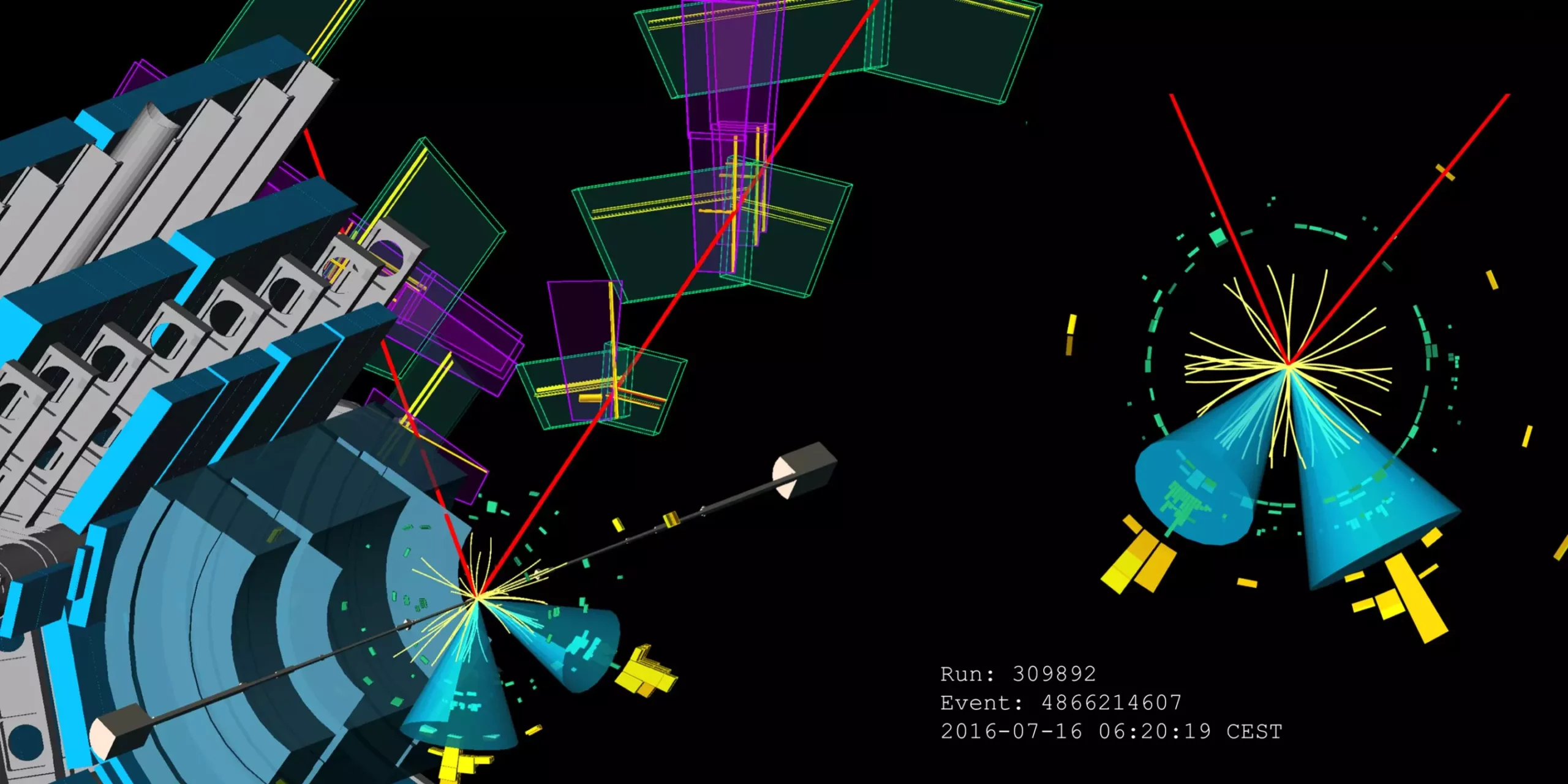The scientific community has long been captivated by the mysteries of the Higgs boson, a particle that plays a pivotal role in our understanding of the universe. Recently, at the International Conference on High-Energy Physics (ICHEP) 2024, the ATLAS collaboration presented some groundbreaking advancements in the measurement of Higgs boson interactions, particularly with the heaviest quarks: top, bottom, and charm quarks. This article delves into the significance of these enhanced measurements and the innovative methodologies adopted by researchers to achieve unprecedented precision.
At the heart of particle physics is the mechanism of electroweak symmetry breaking, which explains how particles acquire mass. The Higgs boson is central to this mechanism, and its interactions with elementary particles—both fermions and bosons—are key to understanding their mass-generating processes. Improved precision in measuring these interactions not only validates existing theories but also paves the way for potential discoveries beyond the Standard Model. As physicists continue to study these interactions, they aim to clarify the relationship between the Higgs boson and the fundamental structure of matter.
Innovations in Particle Detection: Understanding Jets
One notable aspect of the ATLAS collaboration’s recent work is the advanced techniques for jet tagging. When a Higgs boson decays into quarks, these quarks produce jets—collimated sprays of particles that represent the remnants of the decay. Understanding the nature and “flavor” of these jets is crucial for accurate measurements. ATLAS has introduced bespoke tagging methods for distinguishing between different types of quarks, such as charm and bottom quarks. This nuanced approach allows physicists to unravel complex decay paths with greater accuracy.
Jet tagging requires not only sophisticated algorithms but also an intimate knowledge of the detector’s capabilities. By enhancing the jet tagging efficiency, researchers have reported substantial increases in sensitivity to specific decay channels. Their efforts have resulted in a 15% increase in sensitivity for Higgs decays into bottom quarks (H → bb) and an impressive threefold increase for decays into charm quarks (H → cc). These advancements underline the critical role that innovative detection and analysis techniques play in high-energy physics.
Recent Findings and Their Implications
The latest analyses have shed light on several key processes within the Higgs sector. Notably, ATLAS has made history by observing the WH, H → bb process with remarkable significance (5.3σ), and has measured the ZH, H → bb with a significance of 4.9σ. This marks an important milestone in the experimental verification of Higgs boson interactions with gauge bosons like W and Z. The findings align with Standard Model predictions, reinforcing the established framework of particle physics.
However, not all interactions are equally observable. The decay of the Higgs boson into charm quarks remains elusive, suppressed by a mass factor that makes it rarer than its decays into bottom quarks. Nonetheless, ATLAS has set an upper limit for the rate of the VH, H → cc process, indicating that further studies are essential for understanding this decay pathway. The ongoing Run 3 at the LHC promises to yield more data, and the anticipation for the High-Luminosity LHC (HL-LHC) grows, as it offers the potential to detect these rare interactions with improved efficacy.
As the ATLAS collaboration continues its investigations, there is optimism for refining measurements of interactions with top quarks. The recent emphasis on processes involving the Higgs boson in association with two top quarks is a testament to this, despite the challenges posed by complicated backgrounds and complex final states. The revised analyses have doubled the sensitivity for ttH, H → bb production, illustrating the power of enhanced methodologies in particle detection and physics.
The future of Higgs boson research is bright, with promising pathways to explore more deeply. The integration of new data sets, elevated luminosity conditions, and cutting-edge analytical techniques signify an exciting era ahead, where physicists can further unravel the intricacies of the Higgs mechanism and its implications for our fundamental understanding of the universe. As the quest for knowledge continues, the advancements made in the current studies encourage ongoing inquiries into the nature of mass and the fundamental forces that shape our reality.

